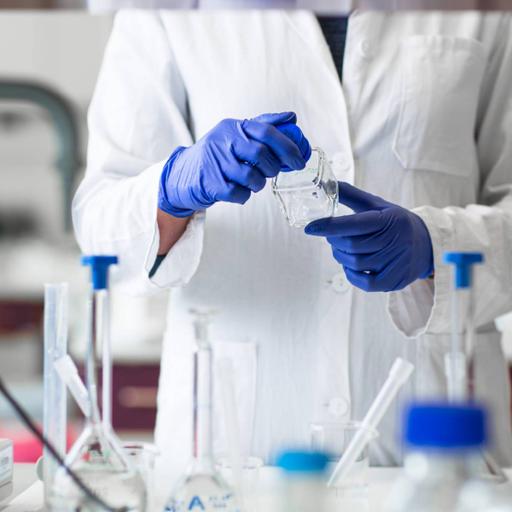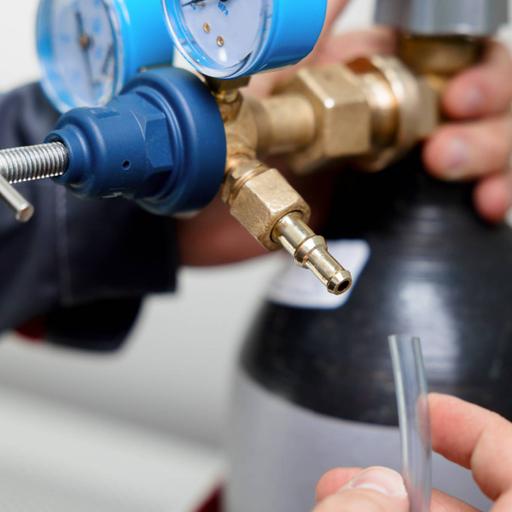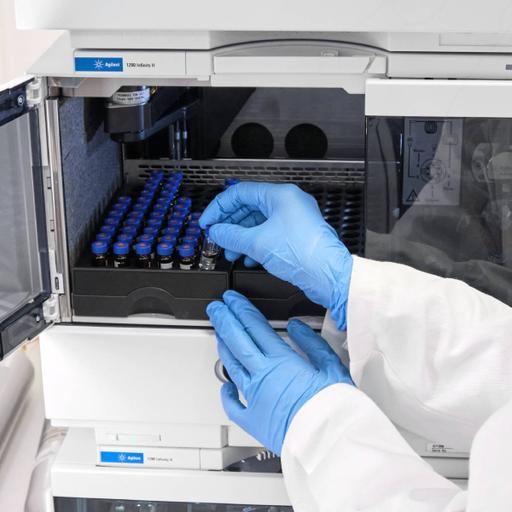Analytical Chemistry
The study of acquiring, processing, and transmitting information about the composition and structure of matter is known as analytical chemistry. To put it another way, it's the art and science of figuring out what matter is and how much of it there is. Separation, identification, and quantification of matter are all part of analytical chemistry. It entails the application of both ancient and modern approaches, as well as the use of scientific instruments. In the discipline of analytical chemistry, there are two types of methods for determining the identity and quantity of analytes: classical and instrumental approaches. Analytical chemistry has two sub-branches: quantitative analysis and qualitative analysis. These two approaches are the foundation of many analytical chemistry educational labs. The method of assessing the absolute or relative quantity of one or more chemicals contained in a sample or compound is known as quantitative analysis. The qualitative analysis approach is used to determine the quality of a substance regardless of its quantity or concentration.







